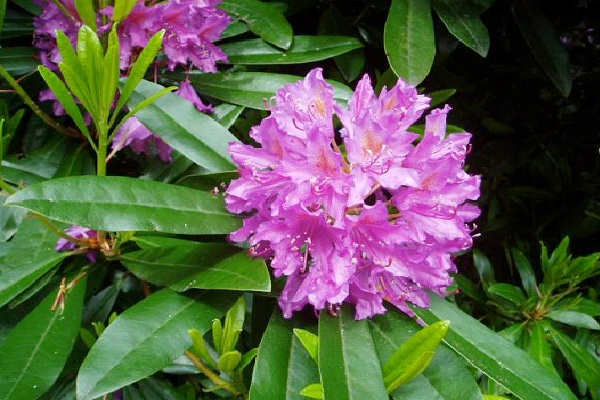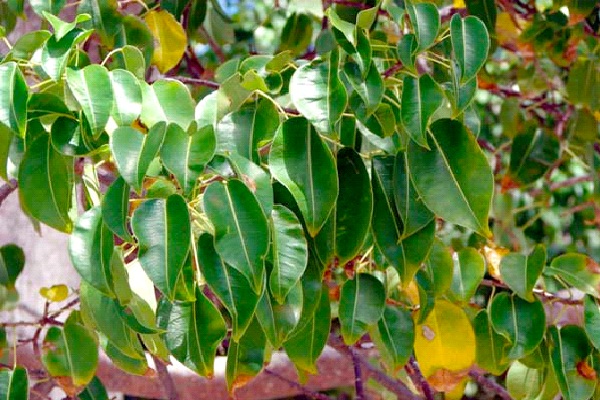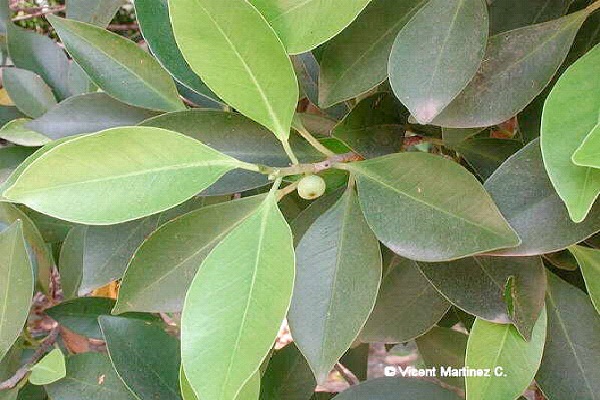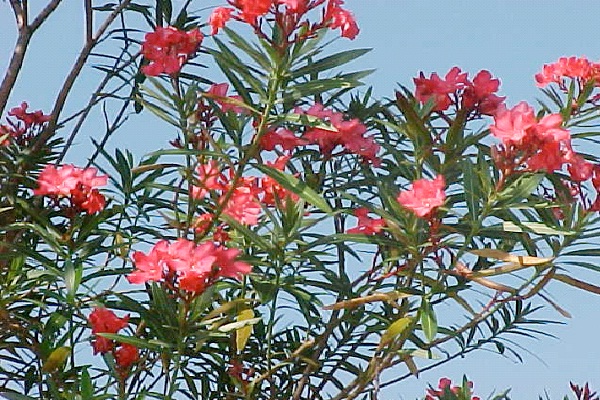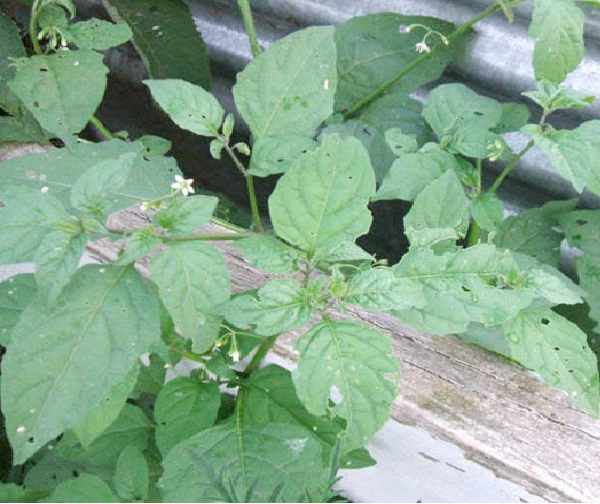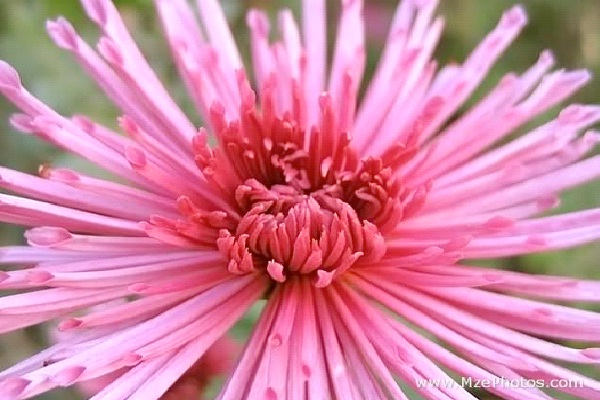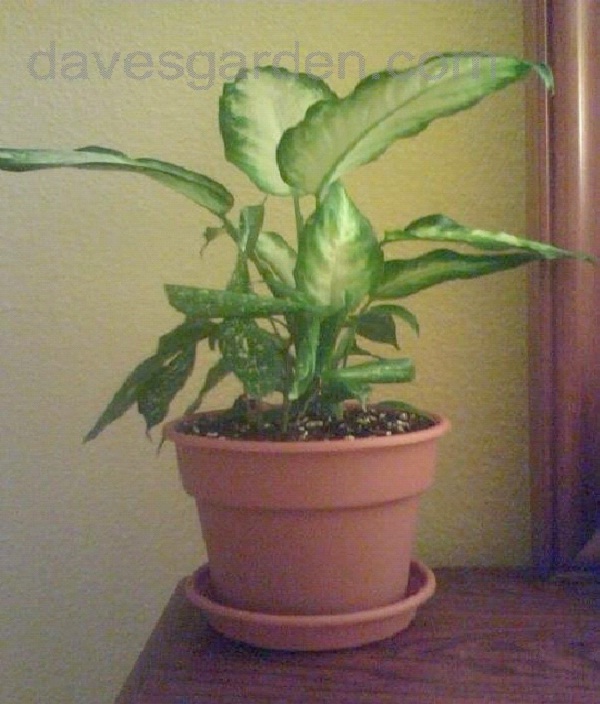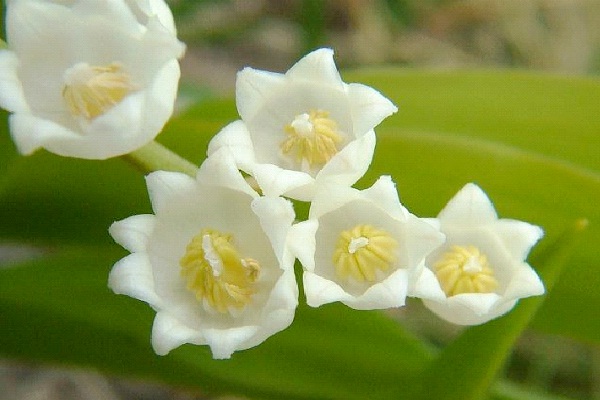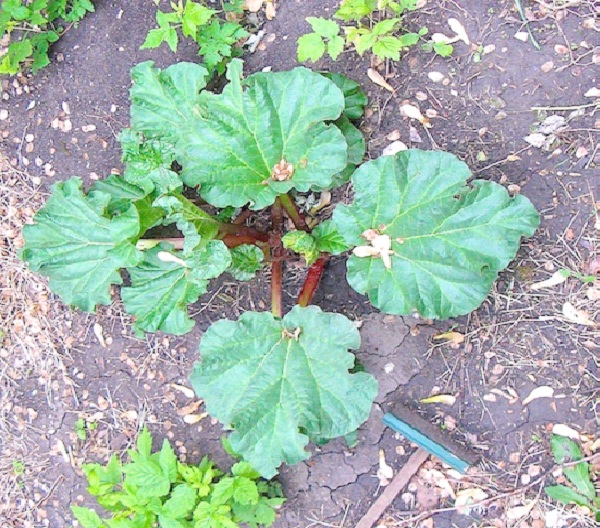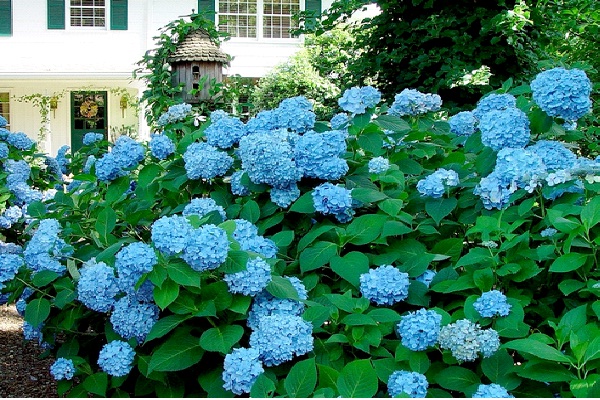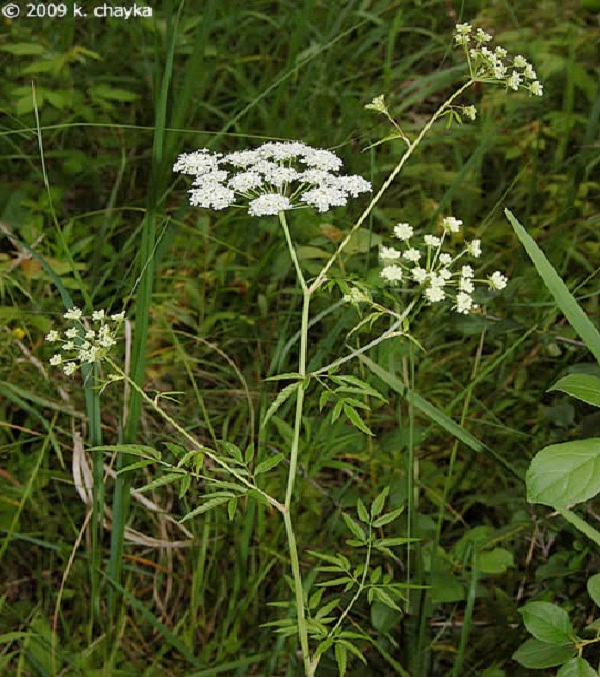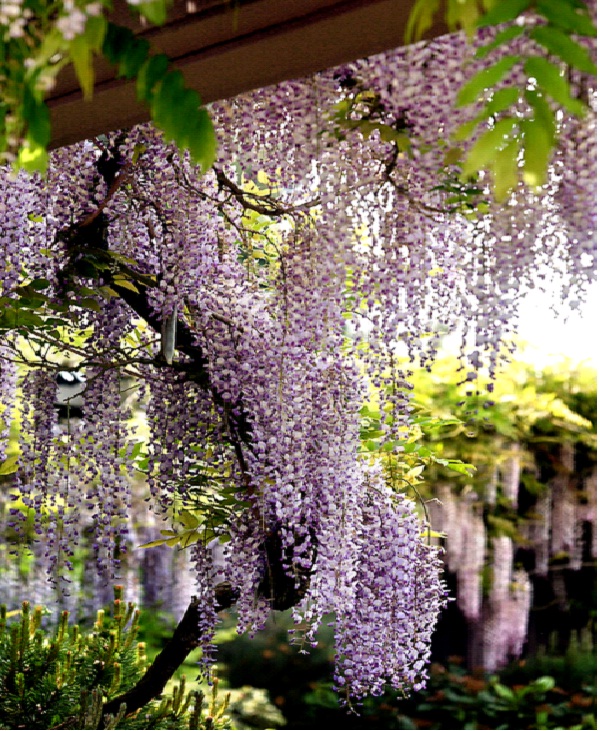Common But Deadly Plants
Tuesday, Aug 25, 2020, 1:26 pm
Loading...
1.Rhododendron
Rhododendron bushes are common and beautiful, with bright bell like flowers, but the leaves of this bush is highly toxic. Mouth burns, increased salivation, vomiting and diarrhea can be the result of consuming the leaves or the honey made from the nectar of this plant. Heart rate can slow or become irregular, possibly leading to coma or fatal convulsions.
2.Manchineel
Considered to be one of the most poisonous trees in the world, this plant is grown in warm climates, such as the Bahamas, the Caribbean, Florida, Central America and northern South America. It's official name translates to "little apple of death." The entire tree is highly toxic, as its white sap can cause blistering of the skin, and toxic fumes that can result in respiratory problems and blindness.
3.Ficus
The Ficus contains a toxic milky sap that is found in its leaves and stems. With 800 species, the Ficus can be a tree, shrub or vine, living indoors or outside. Some species can grow up to seventy five feet tall. Touching this plant causes skin itching and swelling that can be treated at your doctor's office.
4.Oleander
One of the most poisonous plants grown in a garden, Oleander is especially harmful to children. Oddly enough, they are typically planted in schoolyards, appearing as a pretty bush with bright, fragrant flowers. Just touching the plant can cause allergic reactions, but eating any part of it can cause vomiting, diarrhea, stomach pain, racing heart, tremors, seizures, and coma leading to death.
5.deadly Nightshade
Often referred to as Devil's Berries or death Cherries, this plant is extremely toxic, killing small children in as little as two berries. Considered one of the most toxic plants in the Western Hemisphere, eating the berries of this plant can cause hallucinations, delirium, sensitivity to light, dilated pupils, blurred vision, loss of balance, headache, slurred speech and even convulsions.
6.Chrysanthemum
Chrysanthemum, also called mums, can appear as orange or yellow flowers. With up to 200 species of the plant, they are usually potted and given as gifts, or displayed on people's porches, however farmers use the plant to keep rabbits away. Why? Because the flowers are toxic. Just touching them can cause itching and swelling.
7.Dumb Cane
Dumb Cane is a pretty household plant, but you are dumb if you eat it, because this plant is one of the most poisonous plants in the world. Consuming any part of the leaves can cause excessive salivation, intense mouth pain, and in some rare cases, swelling of the throat leading to asphyxiation.
Loading...
8.Lily Of The Valley
These beautiful lilies are elegant, unassuming and beautiful, but they're also poisonous. Consumption can cause vomiting, nausea, mouth pain, diarrhea, stomach pain, cramps, and an irregular heart beat. In some cases, a stomach pumping may be required, or a doctor may use charcoal to absorb the poison from your stomach.
9.Rhubarb
Rhubarb stems are very popular for use in pies, but the leaves on the plant can be fatal. Difficulty in breathing and a burning mouth or throat can be set off within an hour of consumption, which can lead to internal bleeding, convulsions, coma and ultimately death. A delicious rhubarb pie from such a toxic plant.
Loading...
10.Hydrangea
Such a pretty flower to be so toxic, Hydrangea's are a yard plant that produces flowers that can be blue, green, or pink. Often growing up to fifteen feet tall, the flowers are toxic, making anyone who digests them very ill with vomiting, itchy skin, sweating and sometimes convulsions and coma.
11.Water Hemloc
Grown in North America and Europe, Water Hemlock is found in the most temperate regions, such as wet meadows and stream banks. Named "the most violently toxic plant in North America," it's the sap that can cause grand mal seizures and ultimately death. Looking almost like baby's breath, steer clear.
Loading...
12.Wisteria
Wisteria looks innocent enough, but these tiny little pea shaped grow on highly toxic vines. There is some controversy over whether the actual blue, pink, or white flowers are deadly, or if it's just the plant, but consumption causes vomiting, nausea, diarrhea and cramping. Hospitalization is usually required, with hydration through intravenous.
Report
Loading...

